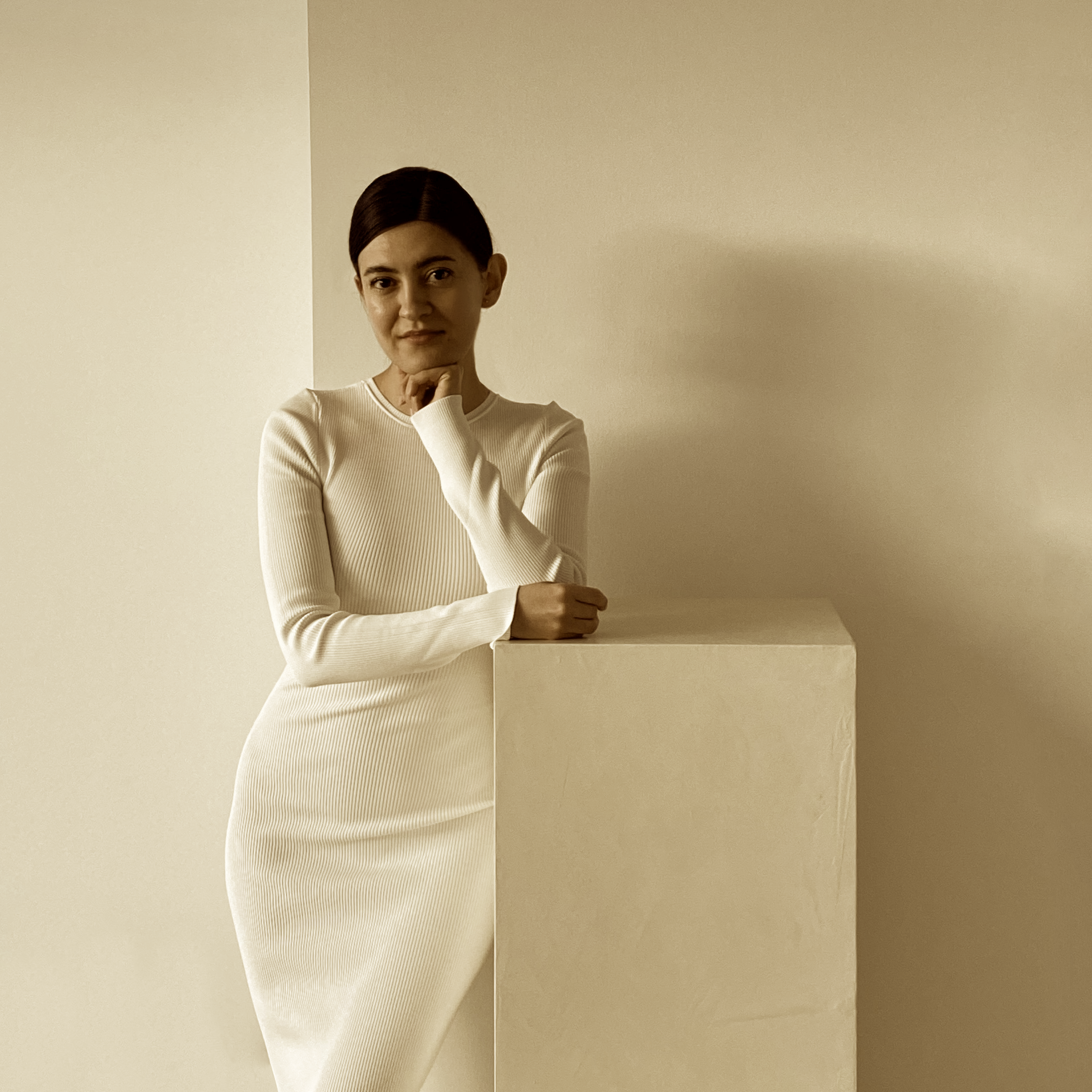There are several components in defining colors and multiple color systems throughout history that have visually organized colors into categories and other mediums based on familiarity, value, temperature and even emotional response and device like computer and web colors versus paint and fabric colors. Throughout the history, there have been multiple attempts to define and make sense of colors and their combinations and interactions like the Leonardo Da Vinci book “Treatise of Painting” and of course the Isaac Newton color theory. It was later in the 20th century with artists like Wassily Kandinsky and Josef Albers that we made major advances color science and color design principals.

A concept called Linear Perspective invented by Brunelleschi advanced the studies of colors during the Renaissance period. The new technique showed depth and proportions in paintings to achieve perspective using colors. The Aerial Perspective of Leonardo Da Vinci also showed how objects can appear lighter, grayer and bluer when they recede in the distance. These new techniques made it possible for artists to show progression and a more realistic visual appearances of objects and shapes in their art.
To truly understand color, we must understand the interaction of light with color. Light becomes visible to us when it hits the surface of an object. Visible light is the wavelengths that are visible to human eyes and a form of electromagnetic radiation or waves of energy descried by frequency and length. In the spectrum ultraviolet, wavelengths are measured by nm, nanometers, which is one millionth of a millimeter. When light (wavelengths) hits a surface, a sequence of colors is seen. Shortly before 400 nm is reached, we see violet blue light and then as the wavelengths gradually increase to around 555 nm, colors become brighter and blue and then blue-green and then green-yellow hues appear. The hue shifts to orange red as the brightness slowly deceases. We can see colors only up to about 700 nm as the vision disappears when wavelengths hit that distance. So before 400 nm and after about 700 nm, it’s too dark for the human eyes to see and the wavelengths between 300 to 400 nm fade the pigments and intensity of colors.
The light that contains all visible Wavelengths is called white light and when it passes through a solid geometric shape, all the visible spectrum is projected on the surface. As we mentioned in our previous article about forms and light, the light that emits from a source like the sun or electric light enters the eye through the Cornea. Light can either enter the eyes directly when we look at a source or indirectly when the light has interacted with a material. When light hits a surface, a combination of wavelengths that are not absorbed are reflected back to our eyes and we see the colors of the object. So objects really don’t have any color attributes in the visual spectrum and neither do the wavelengths themselves. The colors that our eyes see are the results of the light interaction with an object as they are perceived by our visual senses (and brain) when a combination of wavelengths are reflected off of an opaque object’s surface or when these wavelengths are transmitted through a transparent object. Because colors are perceived by our vision and brain, we each experience colors differently and can have different perceptions of the same color.

hue, color, palette
According to the Munsell color system, there are three attributes of color: Hue, Value and Chroma. These attributes vary by name and to some extent context across different color systems and theories but mostly every color is defined by its hue, value and the intensity of its color or Chroma.
Hue is the color family like red or yellow. Each color has a hue, a value and an intensity number (Chroma).
The value of a color defines how light or dark a color is like a tint of pastel green versus dark forest green. The value of a color is also responsible for the light reflectance value (LRV) of a color. A lighter and higher-value color has a higher LRV than a darker and lower-value color.
The third dimension, Chroma or pigment, defines the intensity of a color and how rich a color is.

claude monet
Claude Monet Water Lilies shows nature with harmonious movement of colors around the canvas. The end result contains multiple hues and values of colors but in a subtle way. Monet used bolder colors to grab attention, despite the smaller size of the objects compared to the background. Colors are arranged with perfect harmony and attention to warm and cool temperatures of the perceived hues. When a color is placed against its opposite value or hue it grabs attention and appears more dominant than if it was placed next to other similar colors.
subscribe to our newsletter

my name is aidin belganeh and i am the founder and chief creative director at bluebeige designs. i graduated with a bba degree in marketing from southern methodist university in 2012. while working in creative marketing and ux design, i realized my passion for architecture and design. i then enrolled at new york school of interior design, nysid, to pursue a career in interior design.
i started bluebeige designs shortly after. bluebeige designs is a design studio focusing on creating beauty through simple plain spaces. bluebeige designs magazine is an extension of our brand to explore interesting topics through the lens of architecture and psychology. our articles are in scholarly writing to explore the connections between science, art, design and architecture.
our articles put a spotlight on topics that can help us understand the world around us or change the way we see or perceive it. each article is carefully curated and referenced through data-based research and studies.
0 Comments